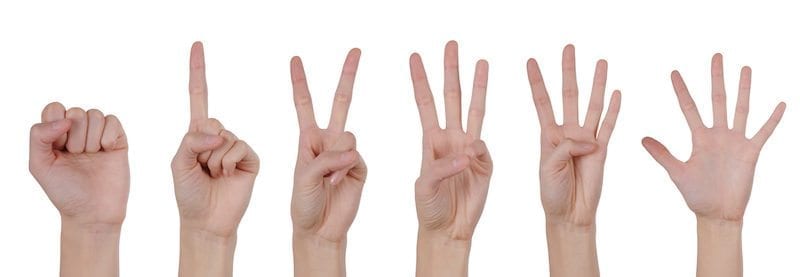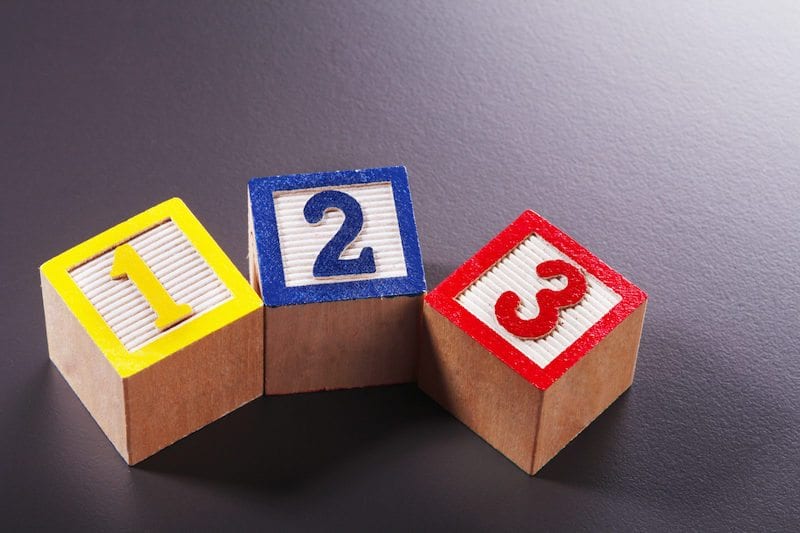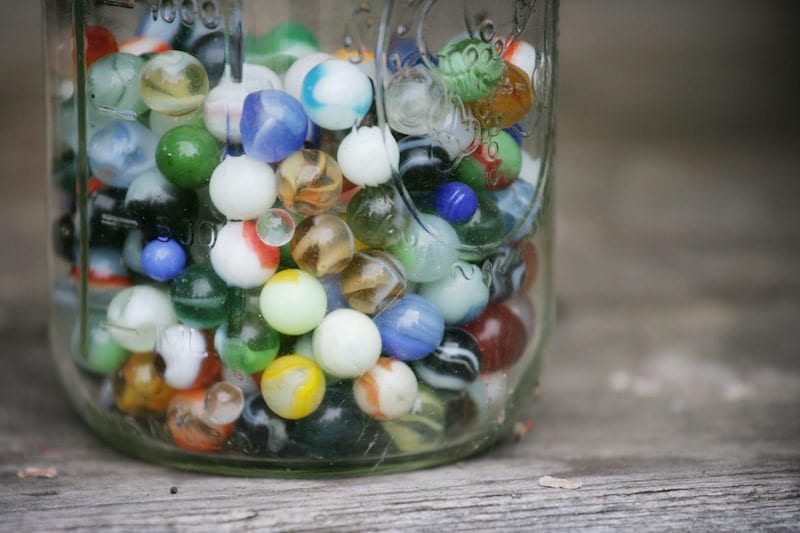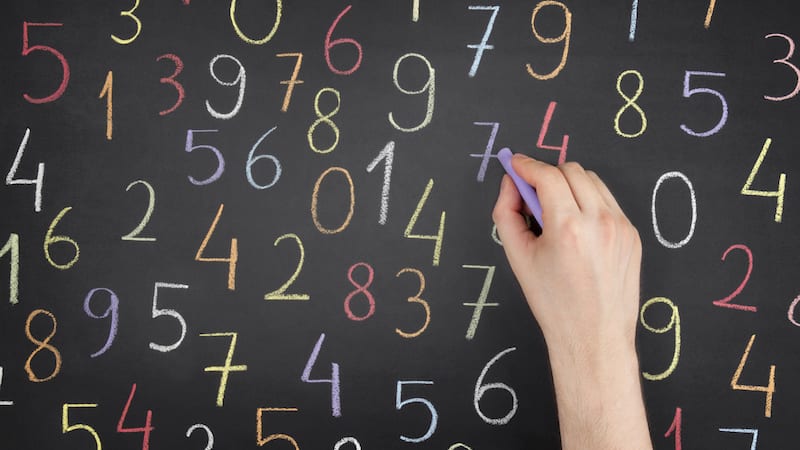The term number sense gets thrown around a lot these days, especially as we learn more about how important it is to our students’ understanding of mathematics.
As adults, we use number sense every day: to estimate the cost of a basket of groceries, to measure for new bookshelves, or to calculate how long it will probably take to get to the beach. Numbers are a big part of our daily lives. So it’s no surprise that students develop number sense by making sense of the numbers and quantities in their world.
And yet, the mystique around formally teaching number sense has only grown.
Building number sense can be seen as serious work, deserving of many hours of instructional time rather than a short, daily practice. You don’t need an entire class period dedicated to teaching number sense. Instead, take advantage of those brief moments when students can validate and correct their understanding of how numbers work.
Here are three five-minute number sense activities you can do with your students over and over again to further their mathematical thinking.
Activity #1: Counting up by 1s, 10s, and 100s

For our youngest students, imagining a number bigger than 100 seems almost impossible. With time, they will become aware that there are numbers beyond what they know. Counting and skip-counting are great ways for students to learn about patterns that exist in our number system. They also provide many opportunities for teachers to identify and correct any misconceptions students may have.
There is no right way to skip-count: Students can get in a circle and throw a ball around while counting or work in pairs to take turns writing one number after another in the sequence. Just make sure students are frequently writing, reading, and saying numbers, with a focus on counting up and down by 1s with younger students and skip-counting by different amounts with older students. Varying modalities increases retention and also makes everything more fun.
Depending on age and skill-level, increase the level of difficulty of the task by changing the number students start counting from. With second graders, I like to have them count by ones in writing, starting with 95. This gives them a chance to practice counting beyond 100 and write those tricky numbers between 100 and 120. For third graders, I have them count up by 10s, starting at a larger number, like 235. Don’t forget to have students count down once they’ve mastered counting up.
Activity #2: Make the greatest (or smallest) number possible

As students begin working with larger numbers, they must wrap their brains around the idea that the value of a digit changes based on which place it is in. For example, the 3 in 132 has a different value than the 3 in 321.
Reinforce place value and other concepts by asking students to arrange digits into the greatest or smallest number possible. First, provide students with a set of digits, increasing the number of digits over time. There are many ways to have students generate digits, but rolling ten-sided dice or using playing cards are both engaging options.
Once they have their digits, ask students to write out the greatest number possible, taking care to support students with new strategies they might not have considered yet. Do they know to put the largest number in the highest place? Where do they place any zeros they might have rolled? These are key moments where they are refining their sense of place value.
Activity #3: Don’t stop estimating

When I taught first grade, we always had an estimation jar filled with colorful manipulatives. Every Monday, students would make their guesses, and at the end of the week we would count out the contents. Partway through each counting session, I would ask students to revise their estimates. Did they think their original estimate was too big or too small? Some might have noticed that you counted beyond their number long ago and want to try again.
Somehow, practicing estimating fell away as students grew older. My fourth graders might have estimated as part of a multiplication unit, but they didn’t get chances to wonder about numbers in the same way my first graders did.
It’s never too late to bring back estimation in the middle grades, upping the challenge with smaller items and larger quantities. Some examples include the value of a big vase full of nickels or the number of Nerds in a box. You can also provide more abstract challenges without manipulatives. Ask your class to estimate the number of people in your city or the distance from their house to Paris, for example.
Estimating and then revising those estimates in light of new information improves the reasonableness of our students’ guesses. They don’t have to get the number exactly right, but a reasonable estimate means students are grasping large quantities and putting their knowledge of numbers to work.
What are your favorite number sense activities? We’d love to hear about them in our WeAreTeachers HELPLINE group on Facebook. WeAreTeachers HELPLINE is a place for teachers to ask and respond to questions on classroom challenges, collaboration and advice.
Plus, don’t miss this post about why students often have trouble counting beyond 100.

